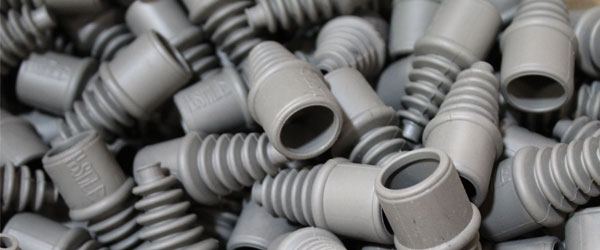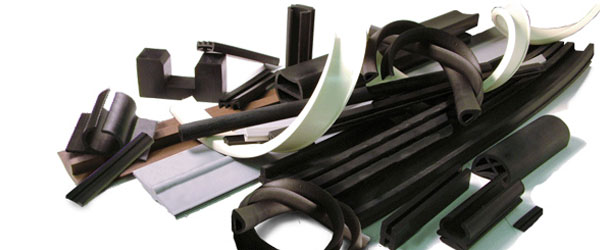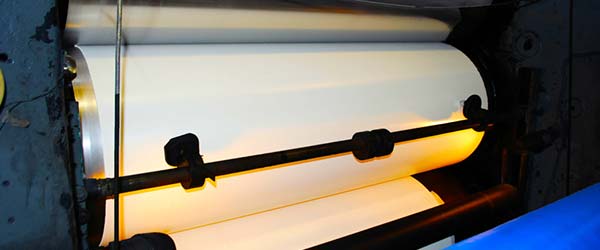Article Citation:
G. R. Hamed (1981) Tack and Green Strength of Elastomeric Materials. Rubber Chemistry and Technology: July 1981, Vol. 54, No. 3, pp. 576-595.
URL:http://dx.doi.org/10.5254/1.3535821
Tack and Green Strength of Elastomeric Materials
G. R. Hamed
University of Akron, Akron, Ohio 44325
Abstract
Tack and green strength are two important properties of many elastomer compounds. Tack is the ability of two materials to resist separation after bringing their surfaces into contact for a short time under a light pressure. The green strength of an elastomer is its resistance to deformation and fracture before vulcanization. Rubber stocks that are used in tire manufacture (or other plied-up operations) must have a certain minimum level of tack and green strength. Tack is necessary so that the many components of a green tire will hold together until molding. This requires not only that the components exhibit quick stick when building, but also that the tack bonds have long term creep resistance, since the green tire may be hung on a rack several days before molding and vulcanization. In addition, an uncured tire must have good green strength so that it will not creep and hence distort excessively before molding or tear during the expansion that occurs upon molding (or in the second stage for a radial tire). Adhesive tack is an important property of pressure sensitive tapes. Although some of the basic criterion necessary to obtain high autohesive tack or high adhesive tack are similar, this review will focus primarily on autohesion. Thus, unless otherwise staled, the term “tack” will refer to autohesive tack. However, ideas and results will be presented from the literature on pressure sensitive adhesives when such information leads to a further understanding of autohesion.
Published Online: 2012-03-26
 (909) 987-1774
(909) 987-1774 Email Us
Email Us







